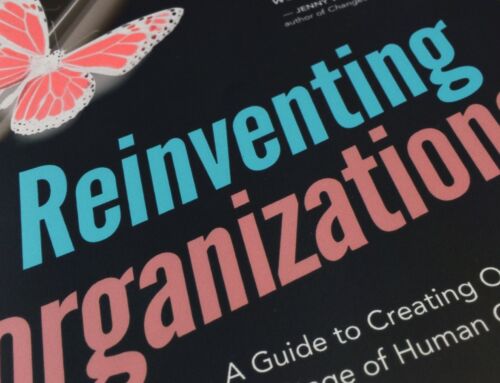Founders and startup investors will inevitably face the question: how to split equity in a fair way? The most common process is to sit and discuss a percentage beforehand, typically specifying a 50/50 split for two partners, 33/33/33 split for three partners, and so on.
The problem with this approach is that it is extremely fragile. Not only fragile, but incompatible with the VUCA world for a simple reason: things change. Even if the partners initially agreed to dedicate the same energy (time, money, resources) to the business, this rarely happens. One of the partners may face illness in the family, which prevents him from dedicating himself fully as he had promised. Or maybe the company goes through a period when new investment is needed and only one of the founders has the resources to invest. And so on.
The dynamic nature of the world doesn’t match the up-front equity split approach. And if you’ve established that each would get half the pie (50/50), but for some reason you want to change that, there is only one way: renegotiation.
Renegotiating
Suddenly the established division doesn’t seem fair anymore and it’s necessary to have that difficult and painful conversation with the other investors and founders. However, talking about it shouldn’t be so uncomfortable. It turns out that we are stuck in the old paradigm of “predict and control”, where we truly believe that it’s possible to divide equity before the business unfolds. This is as unreal as a 5-year strategic plan.
But there is a better alternative. Mike Moyer developed a method called Slicing Pie, which proposes a dynamic equity split model.
How to split equity using Slicing Pie
The Slicing Pie determines that the contributions of each partner/founder should be recorded monthly in a software or spreadsheet. This includes time worked, money invested in the company, equipment lent, intellectual property granted and so on.
Once the business is consolidated in a safer and profit-generating zone (or another pre-established condition), the pie is divided. All past contributions are summed up and the division of equity takes place according to each member’s contribution. Much better, right?
Obviously, contributions are always subjective. What is, for example, “time worked” in the business can be questioned. Yet the Slicing Pie provides a method that lays the groundwork for this conversation, which is far better than simply hoping that everyone’s contribution will be equal (and force it to be).
Reinventing Organizations
To deal with the volatilities of the world and to foster a purpose-oriented environment, organizations must rethink not only management, governance and culture, but the legal and structural aspects. This post was about an equity split that is perfectly compatible with the organizational structures that we support here at Target Teal. In the next text we will talk about some important considerations when designing an evolutionary enterprise.






Leave A Comment